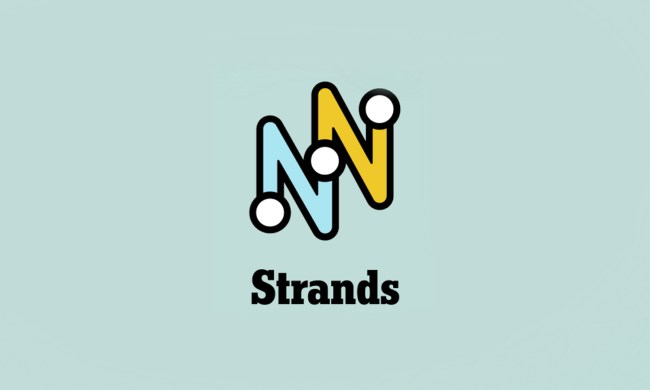The first time I played Jak and Daxter: The Precursor Legacy, I was probably seven years old. Released just 10 months after the PlayStation 2’s launch, it was one of the console’s first major pieces of exclusive software. Developed by Naughty Dog, the company that practically defined the PS1 with Crash Bandicoot, Jak and Daxter was an experiment that built on its predecesor. What if Naughty Dog could make another platformer, but one with a more open design that uses all of the PS2’s computing power?
Playing Jak and Daxter as a seven-year-old, I couldn’t really appreciate what made the game so special. I didn’t know what Naughty Dog had done to elevate its platforming design or what tech went into the game. But after replaying it now, as a significantly more jaded (and somewhat smarter) 25-year-old, it’s clear that after two decades, few games can even begin to touch what Jak and Daxter accomplished.

See that mountain? You can climb it
Think about your favorite platformer for a second. It might be a Crash Bandicoot title or maybe something with Mario in it. Either way, it’s pretty likely that whatever game you’re thinking of has a hub world that players then select levels from or some kind of map, like Donkey Kong Country. Back in 2001, Naughty Dog bucked that idea for a platformer and instead made a game with an open and interconnected world.
From Jak and Daxter‘s opening, players can see two other areas that they’ll adventure to later on, Misty Island and the Forbidden Jungle. They’re not some far-off part of the world, hidden from the player behind a skybox. These two areas, and many others like it, are often displayed on the horizon. This simple choice, which boils down to slapping down a totally static image, lends the game’s world an incredible amount of presence. It’s like something straight out of Skyrim and Todd Howard’s infamous “See that mountain? You can climb it” line.

Jak and Daxter‘s levels reflect that kind of open design, with each giving players a small area to run, jump, and pummel lurkers in. Take, for instance, Snowy Mountain. This area, which can admittedly be a pain to navigate through, is completely interwoven. It has a main path that players can follow that leads to the top of the mountain where Lurkers have built a small fortress. But off that path are multiple smaller routes — caves, tunnels, and hills that massive snowballs roll down — all of which loop back onto the main path.
That same open design ethos is present in just about every level of Jak and Daxter, with a few more linear exceptions. The Forbidden Jungle presents players with dangerous fauna they have to contend with to collect power cells, a fishing minigame with its own rewards, and an entire underground section of Precursor ruins to explore. There isn’t a set path for exploring all of these challenges either, that power is left totally in the players’ hands.
Smooth moves, Jak
Even with good design, a platformer is nothing without good movement, something that Jak and Daxter has in spades. The game sports just about every usual movement mechanic you’d expect from, say, a 3D Mario title. Jak can high jump by crouching and then jumping and long jump by rolling and doing the same. What sets him apart though are two key moves: His ground pound and spin attack.
Both moves are primarily offensive, with the second being a key part of any player’s arsenal for taking out the game’s baddies. But both are essential to mastering Jak and Daxter‘s movement. By timing a jump at the moment Jak impacts with a ground pound, players can get a small boost in height on the rebound, giving them access to a ledge that may be just out of reach. Both are relatively small moves; you can jump just as high with a high jump and cover even more distance with a long jump. But the small adjustments that both attacks let players make in their movement deepens complexity in Jak and Daxter‘s platforming overall.
It would be wrong of me to not mention just how great performing a ground pound, spin attack — or just about any other move in Jak and Daxter — looks as well. The game is a master class in animation, bringing in a number of traits from classic animation that were pulled straight from the book The Illusion of Life: Disney Animation. When Jak performs a ground pound, he stretches and squishes to exaggerate his movement. During a spin attack, Daxter will sometimes hold onto Jak’s hair for dear life, pulling his entire head back in a comedically massive stretch to avoid being flung off.

While so many platformers now aspire for some strange level of realism — looking at you, Super Mario Odyssey — Jak and Daxter wasn’t afraid to play with cartoony-ness. Its animations are fluid and rich, something that can’t be said for many early PS2 releases. Just go back and watch any cutscene from the game featuring Daxter. It’s like watching an old cartoon.
Ahead of its time
Playing Jak and Daxter as a kid, I was blown away by its color and world. Daxter’s crass attitude and the Green Sage’s snarky lines always had me laughing. But today it’s a testament to what 3D platformers can be, right up there alongside Super Mario 64.
If Naughty Dog wants to take a break from making intense, depressing stories like The Last of Us for a while, I’d be happy to see them pick up Jak and Daxter again. While the franchise’s later entries were shaped by Grand Theft Auto’s success, a return to the platforming form found in the first Jak and Daxter would make for yet another revolutionary entry in the genre.



